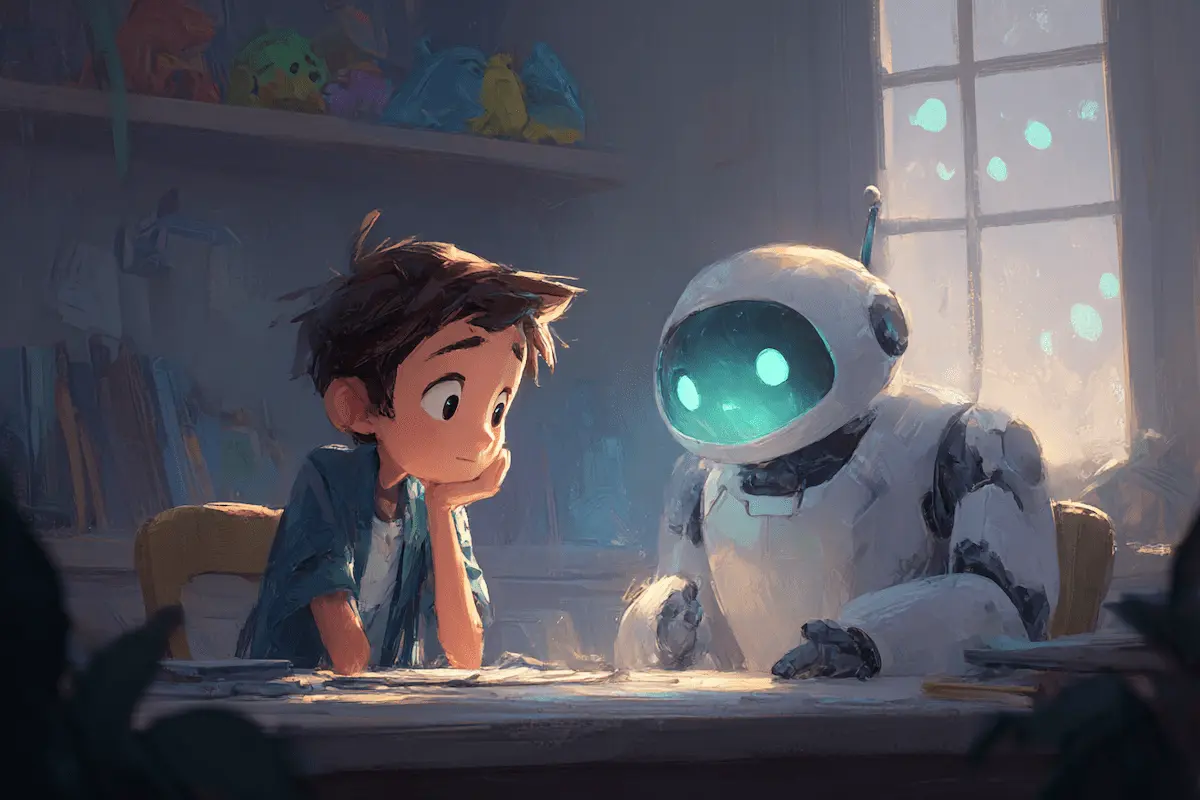AI and Children: Should We Teach or Protect?
Picture a child gazing curiously at a glowing AI assistant, its digital eyes alive with possibility. For some, this scene signals progress; for others, it’s a reason for concern. From Moxie robots to GPT-powered plush toys, artificial intelligence is quietly reshaping the way kids play, learn, and connect. But as AI becomes a “friend” in the room, where do we draw the line between healthy exploration and subtle manipulation?

Friendly Bots or Invisible Influence?
AI-powered toys and smart apps are now everywhere — reading stories, answering questions, and playing games with children. These can fuel development and spark curiosity. But beneath the playful surface lie complex algorithms whose goals may not always align with children’s best interests. Is it education, or is it unseen influence?
Learning With Tech — At What Cost?
Screen time and AI learning tools promise a leap in vocabulary, creativity, and logic. Yet, recent studies suggest kids may form emotional attachments to their digital buddies, disrupting natural social growth. As device time quietly stretches, many children navigate this new world with little oversight from parents or teachers.
The Vital Role of Adults
Ultimately, children need real people who listen and model empathy. Protecting kids from technology isn’t about shutting it out — it’s about teaching digital empathy, helping them recognize who (or what) they’re interacting with and why. Guidance, not prohibition, is the key to balance.
Conclusion: Teach, But Stay Aware
AI is now a part of childhood. It can become a creative companion or a subtle influencer, depending on how we guide its use. The right question isn’t "Should we allow it?" but "How and for what purpose?" Let’s be thoughtful in every step.
✍ Thornike • June 22, 2025
✍ Article Author
- Registered: 27 April 2025, 10:30
- Location: Georgia




 Tornike
Tornike